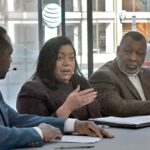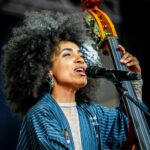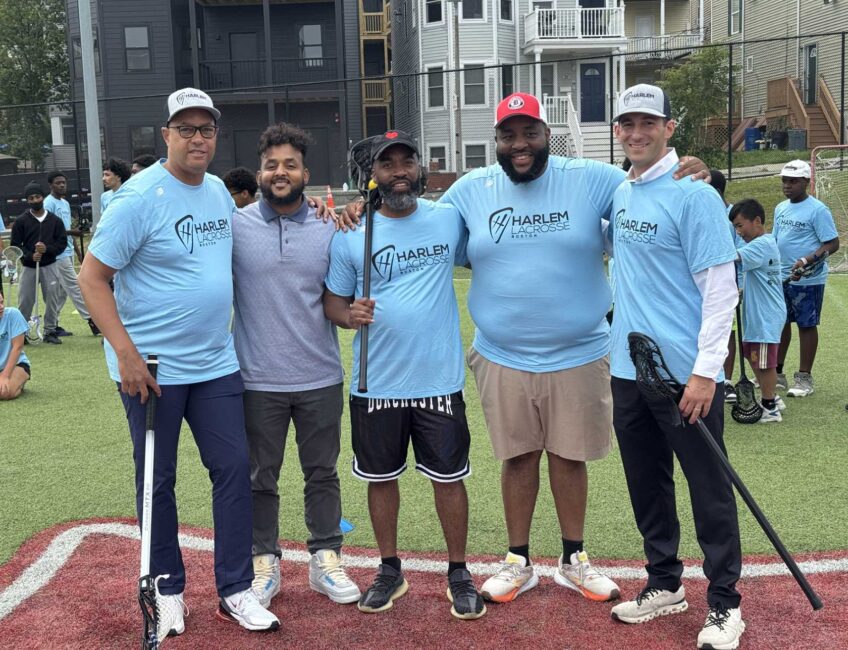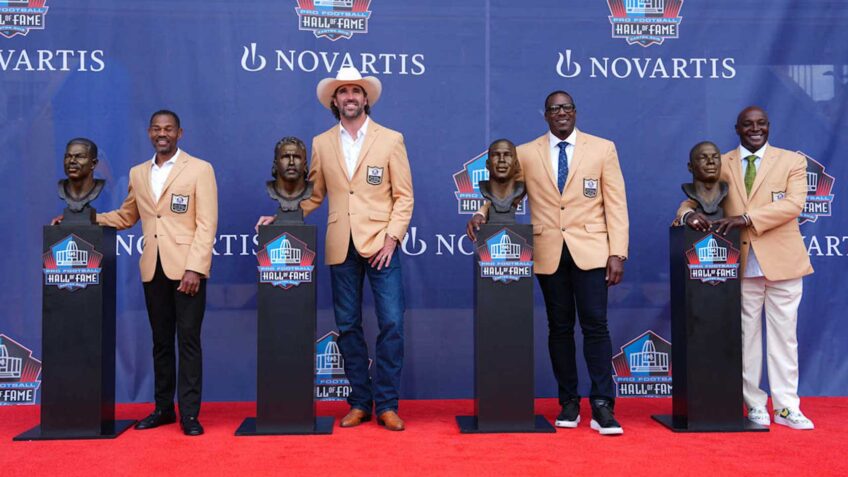
The history of this story dates back to 1968. As a freshman at Boston University with an ambition to become a sportscaster, I decided to gain knowledge of professional hockey. Bobby Orr and the Boston Bruins were the hottest sports ticket in town. He was the number one player in the National Hockey League and its most exciting player. Growing up in Philadelphia, the only hockey I saw was a rare glimpse of the Stanley Cup Finals.
Hockey was a Canadian sport that drew little interest on American television.
I liked the game for its pure beauty of skating and speed. I despised the fighting (and still do) but was captivated by the sheer magic of Robert Gordon Orr. “Earl Monroe on skates” was the best way to describe his moves. And he was doing his work at a high speed on the ice.
When I got into the broadcast business, I knew that I would have to have solid hockey knowledge to succeed. So I studied the game from its beginning. When I became a sports talk show host on WBZ Radio, the Bruins were the “it” team in Boston. But as much as I liked pro hockey, I could not understand why there were no Black men in the game.
Many friends would ask me why I was studying and watching a sport with no Blacks. It was a difficult question to answer. I made light of the subject by stating that the puck (the vital object of the game) was black. And while that comment always drew laughter, especially after an animated character named Peter Puck became a television star. A nasty part of this story occurred when a group of NHL players called me “Peter Puck” behind my back. I quickly put a stop to that.
My quest to find an answer to why there were no Blacks in the National Hockey League attracted much attention throughout the United States and Canada, as ‘BZ Radio provided 50,000 watts of a radio signal to many places. A 1973 interview with Hockey Hall of Famer Sam Pollock spotlighted the issue. He was the man in charge of the famous Montreal Canadiens hockey franchise, and a game historian. I peppered him with questions about the issue, and, to his credit, he did his best to give me answers. I am eternally indebted to Pollock for his time and sensitivity. He also assured me that the time was coming when Black men would be playing in the NHL.
I would later interview Willie O’Ree, who broke the color line in the NHL in 1958 when he skated for the Bruins. He reiterated much of what Sam Pollock had stated and said he looked forward to the day more Black men would be skating in the NHL.
While interviewing O’Ree, I brought up the point that there had been no Black lips on the Stanley Cup, from which members of the winning team every year sip champagne. I decided to make that a cause celebre. I completed the mission in 1978. Several years after that, I interviewed Grant Fuhr, the Hall of Fame goaltender from the Edmonton Oilers (a four-time Stanley Cup winner), and we shared the biggest laugh over our Black lips being on the Stanley Cup.
Other Black men have put their lips on Lord Stanley’s Cup. Joining Grant Fuhr on the Oilers was goalie Eldon “Pokey” Reddick. And defensemen Johnny Oduya and Dustin Byfuglien of the Chicago Blackhawks won the Cup in 2013 and 2015.
Keegan Kolesar and Isaiah Saville (Las Vegas Golden Knights) and Anthony Duclair, Radko Gudas and Givani Smith (Florida Panthers) are currently chasing the legacy of Black lips on the Stanley Cup. Black players on one of those teams will be blessed to achieve the goal. And they won’t have to sneak a sip like I did many years ago.






